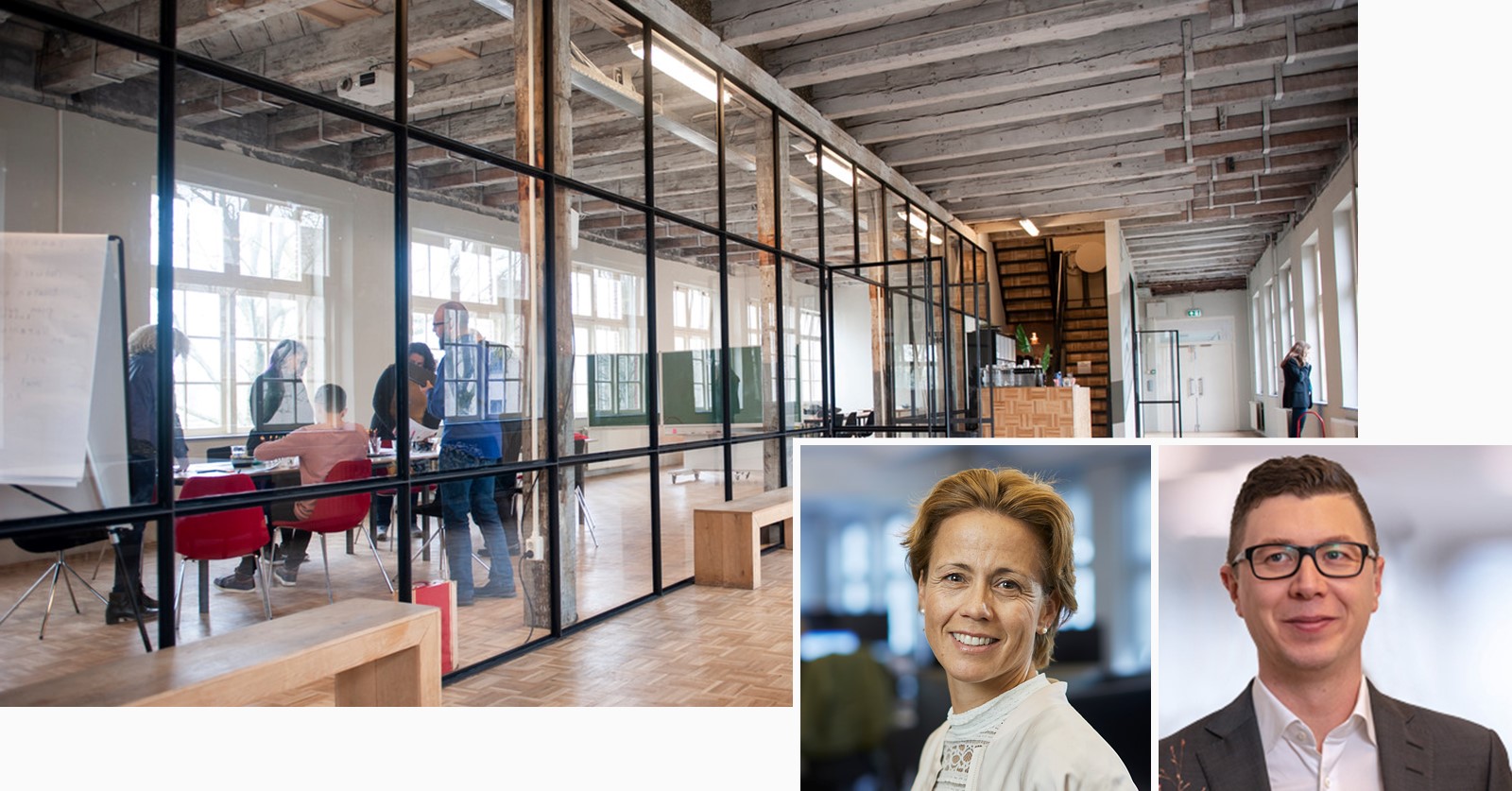Many businesses are adjusting the direction of their real estate portfolios and workplace strategies due to changes in work patterns caused by the pandemic. However, there is still a great deal of uncertainty about the future use of the office versus home office, and many more hybrid solutions are anticipated. This unpredictability demands greater flexibility in terms of access to the workspace.
Real estate obligations account for a significant proportion of a business’s financial obligations. Several businesses are now considering consolidating their property portfolios and offering more flexible use of workspaces. Flexibility for employees with respect to how the workplace is used will also have a greater impact going forward. Businesses will need to create a new framework for the design and use of the workplace and adapt existing work areas if they are to offer office space to employees who wish to decide where they work.
“We have seen a clear shift in the need for flexibility in terms of access to space,” says Lise Dybwad, Head of Workplace Strategy at CBRE, which assists some of the largest companies in the Nordics in analysing and designing strategies and solutions for the workplace.
Consolidation and flexible solutions
Data from CBRE indicates that a growing number of businesses are consolidating their property portfolios. In the short term, larger businesses that rent multiple premises are likely to choose to optimise their portfolios through consolidation in order to reduce rental costs and property-related expenses. At the same time, they will need to carefully analyse and adapt their workplace solutions to ensure that their offices support new work patterns.
CBRE has studied the various ways in which tenants and property owners have adapted to the situation of the office market.
“We have seen a rebalancing of the demand for office space. Businesses want to define their ‘new normal’ once society opens up again. The result is that a growing number of businesses are now seeking greater flexibility in their office obligations. This applies not only to the flexibility of where you work from but also when you work at different locations,” says Tom Wadegård, Senior Director at Tenant Representations & Client Solutions.
Office function and network locations
One important factor is the employer’s ability to convert reduced time to reduced footprints. The office will largely become a meeting and collaboration space for the organisation, which means that employees will have a similar pattern of use, and the areas must be available to employees when needed. What is uncertain, however, is when they will be there.
“Studies show that employees typically want to work at the office on specific days of the week, and work from home on other specific days,” says Lise Dybwad. This means that businesses must have a clear strategy and plan for their office spaces.
In surveys performed by CBRE, employees cite commuting to work as the major reason for wanting to work from home. However, they also have a need to meet colleagues to collaborate and socialise. This involves a significant uncertainty factor: When and how many employees will be at the office at the same time?
“Offering a network of locations is one way to meet these needs,” says Dybwad.
Major differences between industries
Global analyses performed by CBRE indicate considerable differences in the approach to flexibility among various industries.
“Whilst many may think banking and finance is a sector that is more traditional there have been examples of companies in this sector implementing work-from-anywhere by offering employees global access to a global flex operator. The new solutions are not only being implemented in the tech scene,” says Wadegård.
All companies are different and will have different preferences, cultures, work methods and productivity, which will determine the selected model.

